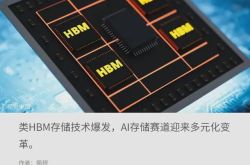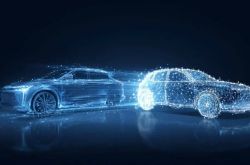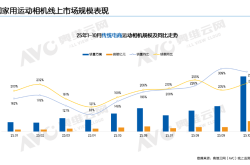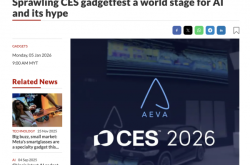Revolutionary Upgrade? Exploring the True Power of Tesla's Latest FSD v13.2.2
![]() 12/27 2024
12/27 2024
![]() 459
459
Tesla has once again pushed the boundaries of autonomous driving with the release of FSD (Full Self-Driving) version 13.2.2. Prior to the update, CEO Elon Musk boldly claimed that this iteration would boast intelligent driving capabilities 5 to 10 times superior to its predecessors. But does Tesla's latest offering live up to this grandiose promise? Let's delve deeper.
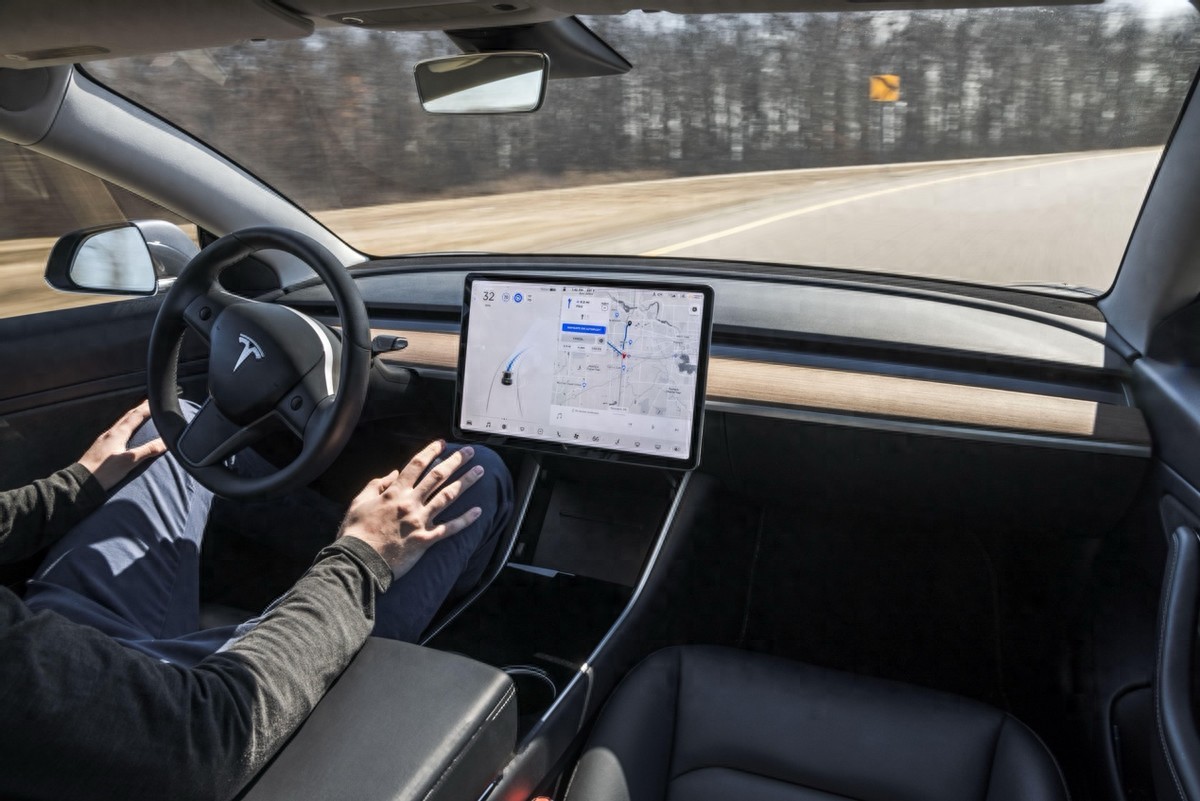
From a technical standpoint, FSD v13.2.2 undeniably introduces a plethora of innovative features. The new version employs a 36Hz full-resolution A14 video input, paired with an advanced neural network architecture, resulting in a doubled decision-making speed compared to the previous version. Furthermore, Tesla's massive supercomputer cluster, "Cortex," has undergone extensive training, boosting computational power by a staggering fivefold. These technological strides serve as a robust foundation for the FSD's enhancements.

Nevertheless, technological advancements do not always equate to an improvement in user experience. Tesla's FSD has consistently adhered to a pure vision-based approach, setting it apart from competitors that rely on LiDAR. While this vision-only solution offers cost advantages in terms of hardware, its ability to navigate complex scenarios remains a subject of debate. Tesla, however, remains undeterred, believing that with the accumulation of extensive model data, the vision-based approach will gradually reduce the burden on onboard chip computing resources, thus enhancing overall system performance.

In real-world testing, FSD v13.2.2 has demonstrated remarkable performance. Overseas media tests have revealed that the vehicle no longer requires pre-set navigation; users can simply set their destination while parked and activate FSD with a single click. Operations such as starting, reversing, and parking are fully automated. Additionally, the new system includes dynamic route planning capabilities, enabling it to automatically circumvent temporary road closures and other obstacles. These features significantly elevate the user's intelligent driving experience.

Recently, manufacturers like Ideal and Huawei have introduced end-to-end intelligent driving functionalities, posing considerable competition to Tesla in the domestic market. The potential implementation of Tesla's FSD in China has also garnered significant attention from consumers. Both Huawei's Kunlun Intelligent Driving ADS 3.0 and Tesla's FSD v13.2.2 are formidable players in the intelligent driving realm, setting the stage for an increasingly intense and thrilling future competition.
In conclusion, Tesla's FSD v13.2.2 has indeed brought about notable technological advancements and improvements in user experience. However, it might be premature to assert that it is truly ten times more powerful than its predecessors.

